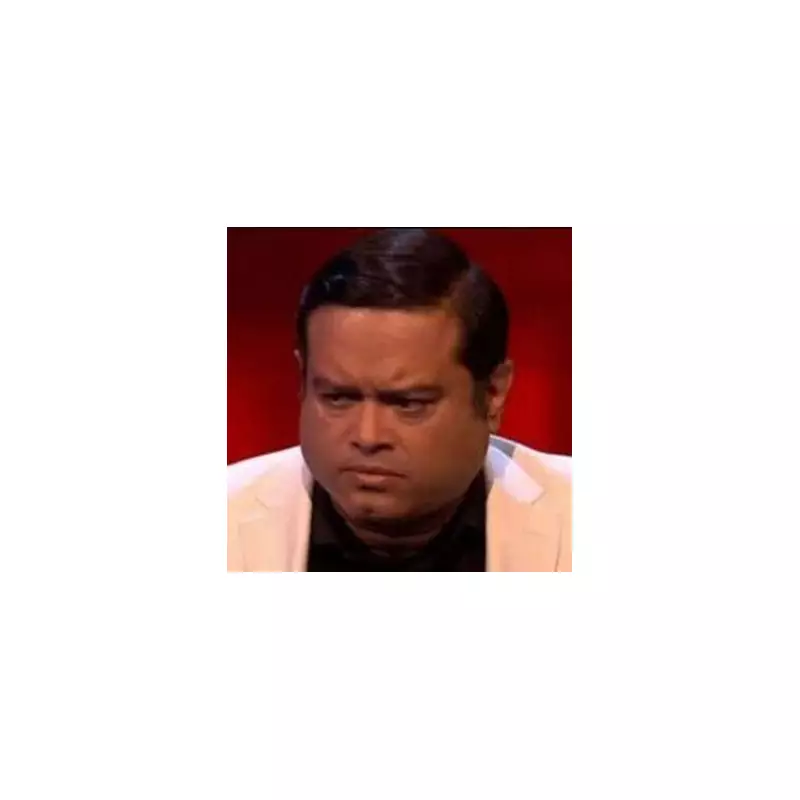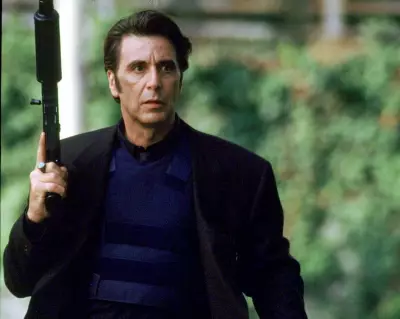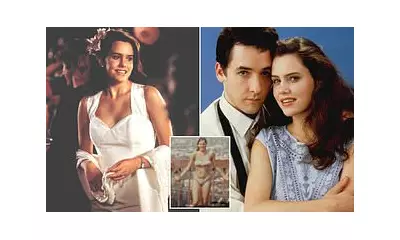
ITV's The Chase star Paul Sinha has launched a blistering critique of television executives, accusing them of staggering hypocrisy in their approach to diversity and inclusion initiatives.
The celebrated quizzer, known for his sharp wit both on and off-screen, revealed that while broadcasters publicly champion diversity, their private actions tell a completely different story.
The Uncomfortable Truth Behind Television's Diversity Drive
Sinha didn't hold back during his candid discussion, stating that many television bosses talk a good game about inclusion but fail to practice what they preach behind closed doors. The quiz master highlighted the glaring contradiction between public statements and private behaviour that continues to plague the industry.
'They'll happily tick boxes for public consumption,' Sinha suggested, 'but when the cameras stop rolling, their commitment to genuine diversity often disappears faster than a contestant facing The Vixen.'
A Personal Perspective on Industry Inclusion
As an openly gay man of South Asian heritage working in British television, Sinha brings unique insight to the diversity conversation. His position as one of the most visible quizzers on television gives him a platform few others possess to speak truth to power.
The 54-year-old star, who also lives with Parkinson's disease, understands better than most the importance of authentic representation and the dangers of tokenism in broadcasting.
The Call for Substantive Change
Rather than simply criticising, Sinha's comments serve as a powerful call to action for the television industry. He emphasised that true diversity isn't about meeting quotas or making performative gestures, but about creating environments where different voices are genuinely valued and heard.
'Real change requires more than just lip service,' Sinha asserted. 'It demands structural reform and a fundamental shift in how the industry operates at every level.'
His courageous stance has sparked important conversations about what meaningful inclusion actually looks like in the competitive world of television production, challenging executives to match their public rhetoric with private action.





